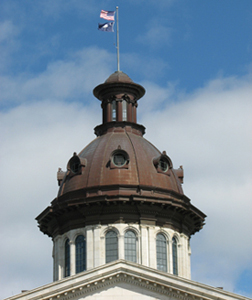
The House and Senate are returning for session on December 1 and 6, respectively, to redraw state and federal district lines, using data from the 2020 Census.
Redrawing district lines is part science – computer software permits a sophistication impossible back in the old days when lines were literally drawn (and redrawn) on a paper map. But it’s also part art for the legislative leadership. Incumbents want districts with as many voters from their party as they can muster. Regions, particularly growing ones, want lines drawn to demonstrate their new population muscle. And the law requires each district to contain more or less the same sized population.
Needless to say, there will be winners and losers.
The South Carolina Board of Economic Advisors reports the state ended this last fiscal year with about $1 billion in surplus funds.
The BEA also projects the state will have nearly $2.2 billion in non-recurring funds available as the General Assembly develops the state budget for FY2022-23, and $897 million in recurring funds.
If that were not enough, during the upcoming legislative session, the General Assembly must also spend about $2 billion in federal American Rescue Plan Act funds and $500 million from the Savannah nuclear site settlement with the federal government.
A legislator once told me, the only thing harder than having to decide what to cut when there’s a deficit, is figuring out how to spend additional monies. When funding is tight, constituencies have realistic expectations. When there’s a windfall, aspirations reach skyward.

 SCICU institutions inaugurate two new presidents
SCICU institutions inaugurate two new presidents